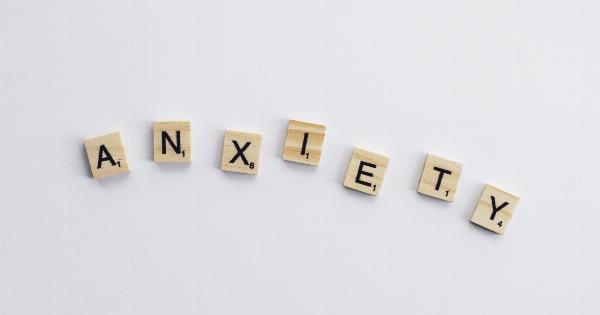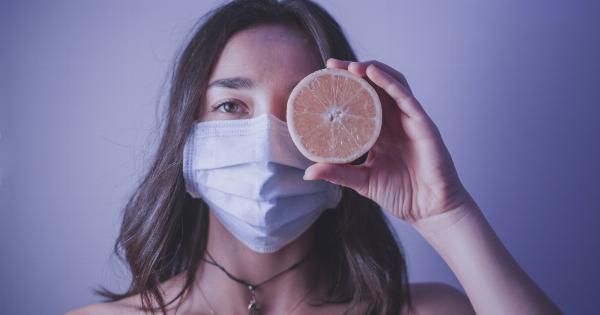Throughout history, there has been a recurring notion that creativity and mental disorders are closely intertwined. Many famous artists, writers, musicians, and scientists have been known to battle with mental health issues.
From Vincent van Gogh’s struggles with depression to Sylvia Plath’s battle with bipolar disorder, numerous highly creative individuals have grappled with various mental disorders. This raises the question: Is there a connection between creativity and mental disorders? This article delves into the relationship between creativity and mental health, exploring various theories and research findings.
1. The Myth of the “Mad Genius”
One prevailing notion regarding creativity and mental disorders is the stereotype of the “mad genius.” This stereotype suggests that mental disorders somehow enhance creativity.
However, research has shown that this may not necessarily be the case. While it is true that individuals with mental health issues may sometimes produce outstanding creative work, it is not a universal rule.
2. The Role of Neural Connections.
Scientists have been studying the neural connections involved in creativity and mental disorders. One theory suggests that there might be a link between the two due to similarities in brain functioning.
For example, researchers have found that individuals with bipolar disorder tend to have more diverse and flexible thinking styles, which can be beneficial for creative thinking.
3. The Dopamine Connection
Dopamine, a neurotransmitter associated with pleasure and reward, has also been implicated in both creativity and mental disorders.
Studies have found that individuals with schizophrenia, a mental disorder characterized by an altered perception of reality, tend to have higher levels of dopamine. This may explain why some individuals with schizophrenia exhibit exceptional creative abilities.
4. The Impact of Emotional Turmoil
Emotional turmoil is often cited as a driving force behind creative expression. Many artists use their art as a means of coping with their emotions and experiences.
For individuals with mental disorders, this emotional intensity may play a significant role in their creative output. However, it is important to note that not all individuals with mental disorders experience heightened creativity.
5. The Dual-Edged Sword of Creativity
While creativity can be a source of inspiration and fulfillment, it can also be a double-edged sword for individuals with mental disorders.
The intense emotions and self-doubt that often accompany the creative process can exacerbate mental health symptoms. Furthermore, the irregular schedules and lifestyle of many artists can also disrupt their mental well-being.
6. The Link between Mood Disorders and Creativity
Several studies have found a higher prevalence of mood disorders, such as depression and bipolar disorder, among creative individuals. It is theorized that these individuals might have a more sensitive emotional experience, which fuels their creativity.
However, the relationship between mood disorders and creativity is complex and nuanced, and more research is needed to fully understand the link.
7. The Importance of Treatment
While some individuals may find solace in their creativity, it is crucial to recognize that mental disorders are serious conditions that require professional treatment.
Seeking help from mental health professionals, such as therapists or psychiatrists, is essential for managing and treating mental health issues. Creativity should never be seen as a substitute for proper mental health care.
8. Breaking the Stigma
Exploring the relationship between creativity and mental disorders helps break down the stigma surrounding mental health.
By understanding that mental disorders do not necessarily enhance creativity, we can challenge the romanticized notion of the “mad genius.” It is essential to foster a supportive and understanding environment for individuals with mental health issues, without placing unrealistic expectations on their creative output.
9. Cultivating Mental Well-being
While mental disorders may have a complex relationship with creativity, nurturing mental well-being is fundamental for fostering creativity.
Engaging in self-care practices, maintaining a healthy lifestyle, seeking therapy, and building strong support networks are crucial for both mental health and creative expression.
10. Conclusion
The relationship between creativity and mental disorders is a complex and multifaceted topic. While some individuals with mental health issues may experience heightened creativity, it is not a guaranteed outcome.
Mental disorders require proper treatment, and creativity should never be viewed as a substitute for professional help. Breaking down the stigma surrounding mental health and fostering supportive environments are essential steps towards understanding and supporting individuals with mental disorders.































